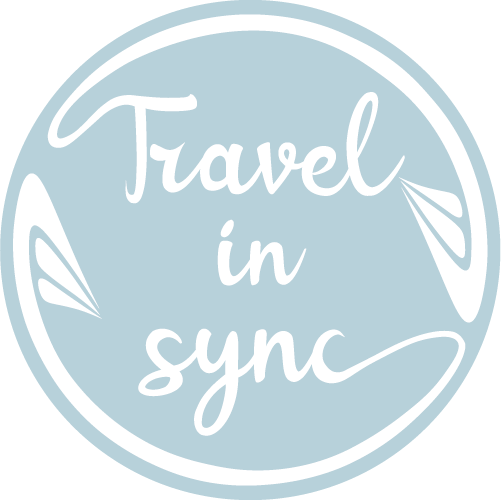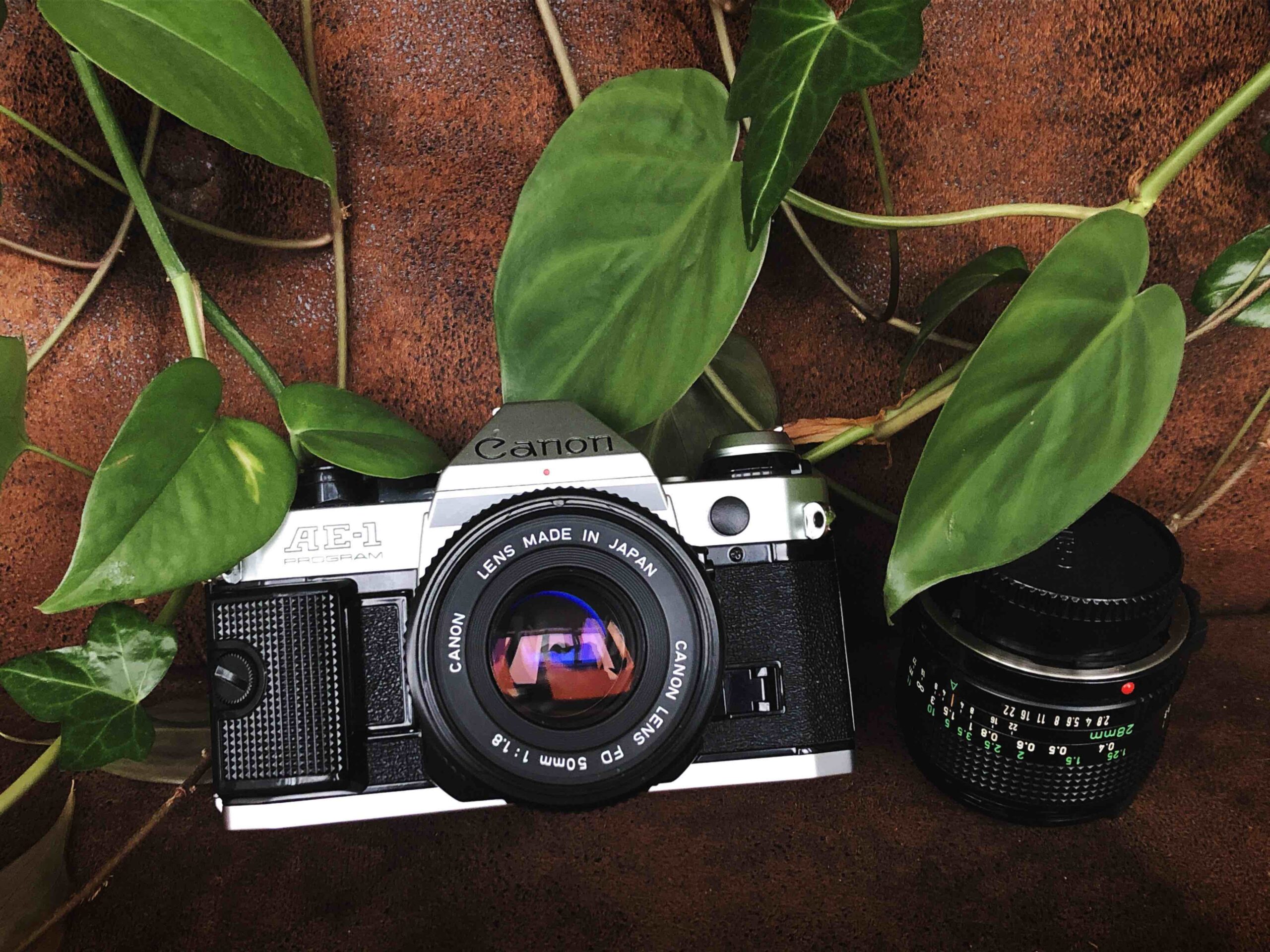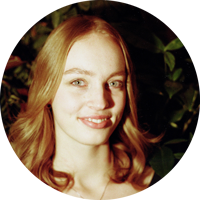In my first blog post, I would like to introduce you to the Canon AE-1 Program. In my opinion, one of the best options for beginners in analog photography. Who am I to judge what camera is the best if this one is the first analog SLR that I tried out over a longer time? Well before I bought this camera I spent a lot of time researching and reading the back and forth about the question of which camera is the best. I read about aperture, shutter speed, metering, and more, which of course are very important criteria, but for me, a bloody newbie at the time, these terms were not only not known to me, but they also sounded intimidating and took a toll on my motivation. All I wanted at that time was a camera that would make the transition from Point and Shoot cameras to SLRs easy and with which I would be able to learn more about photography. And with the Canon Ae-1 Program, I found one. So if this camera is the best analog camera ever made I can not tell, but I know that it was the best entry camera for me. So here is an honest review from beginner to beginner, so that maybe if you find yourself in the same situation as I was, I can show you why the canon AE-1 Program is the perfect choice for beginners.
A little bit of History
Analog photography always fascinated me. The waiting for the results in anticipation or the nostalgic touch to the photographs or the fact that you are forced to not go around shooting hundreds of pictures. If you want to spare your wallet, you will have to slow down and think about what and how you would like to take your picture. Since I was about 7 I loved taking pictures with Point and Shooter cameras just for the fun of it. But last year I decided that I want to learn more about photography and get into the details. So I went to the local photography shop and the owner recommend me the Canon AE-1 Program. The camera was firstly introduced in April 1981 and took over the camera market in a beat.
Over 2 million models got sold and it was easily one of the most popular cameras out there. This brings us to the first reason why I like that camera so much: You can easily find cameras and camera accessories for reasonable prices. In a video, I watched on youtube (unfortunately I do not remember which one), someone compared the camera to a VW Golf and I loved the analogy! Just like the popular german car, the camera has good quality and replacement parts are always easy to find.
Why it is the perfect Transition Camera
Now do not make the same mistake as me and think there is only one Canon AE-1 model. The Canon AE-1 Program is the Successor of the Canon AE-1 and shines with its Program mode. With this mode, you can shoot fully automatic, with the camera choosing all the correct settings for your shot.
Although I have to add that for this camera you can only use FD objectives, which do not have autofocus, so you will have to focus manually. That turned out to be awesome though since the FD objectives are all of amazing quality (talking about the canon originals, although I have heard that other brands are really good too) and you can get the original FD objective for low prices and in mint conditions since these things were built to last. Still, with the Program mode, all you have to do is find your object, focus and pull the trigger. Easy peasy!

The Camera becomes the Teacher
After you get comfortable with the camera you can also switch to the manual mode. This Canon model is perfect for learning the three basics settings that determine the exposure of photographs: ISO, shutter speed, and aperture. Now I will not get into too much detail here since I am still learning, but the AE-1 Program is so far very helpful in the process.
While shooting with the camera you might notice the two little dots, that appear in the finder while half-pressing the shutter. The green p stands for the Program mode and if it blinks it means that your surroundings are too dark to shoot in the program mode. In this case, you will have to shoot with a tripod or stand very still. The red number on the other hand is the built-in light meter. It indicates what aperture will give you good exposure.
For me, this function was perfect to get a feel for what setting might look good on the pictures and it worked very well on my first manual mode attempts.

Conclusion
It’s no surprise to me that the Canon AE-1 Program is still one of the most popular analog cameras. It is the perfect camera to get started in analog photography or to transition from point and shoot cameras to SLRs. It is not intimidating and makes it easy to move into more professional photography. I
n manual mode, it offers just the right amount of options, and while experienced pros might feel a little limited in its features, it won’t overwhelm beginners. The camera is also very affordable and there are plenty of spare parts and original lenses available. The classic and rugged design also exudes a nostalgic flair.
So far it is the perfect camera for me and since I got it I have been using it non-stop. I highly recommend this camera to anyone and especially beginners! I hope this little review was helpful for one or the other, if so, let me know in the comments.
-Julie






0 Comments